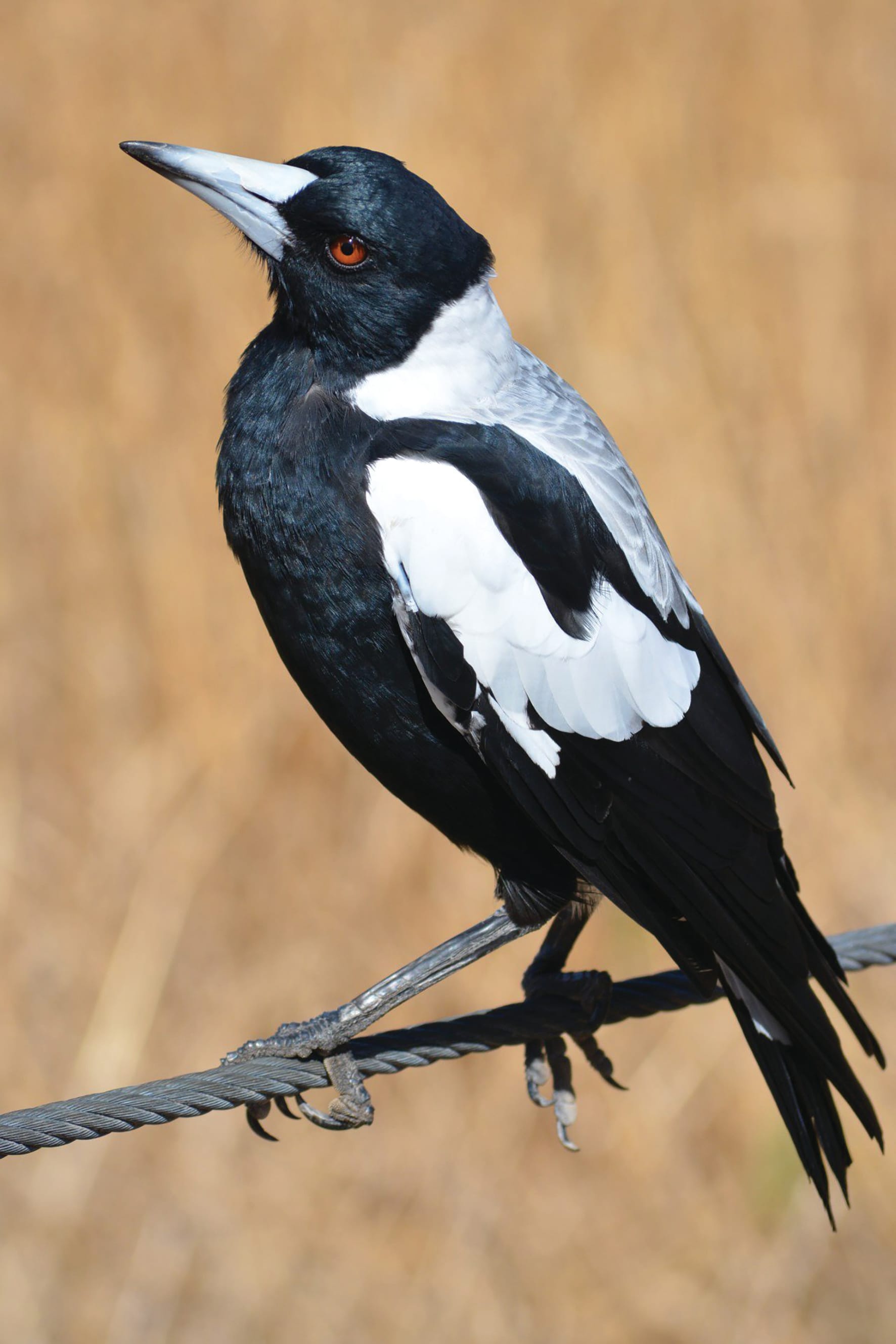The bottleneck effect
By Neil Laurie

This column looks at various species under threat. The prognosis for these species is one of two outcomes: they will either become extinct or, if somehow they survive, they will go through what is known as a genetic bottleneck, changing the species forever.

A genetic bottle neck begins with a plummeting population of a species. This can be caused by environmental effects such as natural disasters and disease or through human activities such as pollution and habitat loss. Climate change and its effects has become a major cause. For a species this population drop usually means a loss of genetic variation. Genetic material is permanently lost and the loss can be quite random. Some species will continue to decline until they become extinct. Species that survive to repopulate can be genetically different from most of the pre-bottleneck population.
A hypothetical example:
Should the magpie population continue to decline until there is only a small population pocket in southern Victoria, which is saved, nurtured and used to repopulate the magpie across its former range in northern Victoria, the replacement magpies will be genetically different to the former population - the new birds will have white backs whereas the previous magpies in northern Victoria had black backs. While the magpie may have been saved, something has also been lost.
Not all genetic change through bottlenecks is so random or bad. If a population is decimated by a disease, for example, the survivors may have a genetic difference that allows them to survive. This will be passed down to future generations.
The problem facing many species right now is that the impact of climate change is so varied and widespread and continues unabated. It is very difficult for individuals to even make it through the bottleneck.
Zoos and captive breeding programs provide a means by which these bottlenecks can be circumvented. They provide diversity within the gene pools. The value of captive breeding programs goes beyond simply providing creatures to be reintroduced into the wild. They also ensure the genetic diversity of the species.
Some bottlenecks can be avoided though establishing and maintaining wildlife corridors. Wildlife corridors can link populations, thus maintaining genetic diversity. In many localities in Australia the roadside reserves function as wildlife corridors for all sorts of fauna. Unfortunately, it is the mature trees with hollows that are often cut down or cut back for safety reasons.
There are many species other than magpies that show a lot of variation. Eastern grey kangaroos from the Mallee are blacker and a little smaller than those of Central Victoria. Tiger snakes very from being black through to a pale, sandy colour; and they vary considerably in adult size. Echidnas may have different arrangements of their spines. Stumpy tailed lizards and goannas also have regional variations. There may be any number of reasons for these variations. Many seem to be habitat related in that they camouflage the creature more effectively; another reason why re-establishing a species through the use of non-local creatures may not be that successful.




